Ruth Cobb (1878-1950) was an English illustrator and writer, particularly noted for portraying children and dolls in colourful costumes. Some of her full-colour plates may be found disbound and sold separately.
Ruth was determined to be simply an illustrator. She worked first in a studio then as a freelance, eventually selling to magazines as varied as Chatterbox, the Autocar, the Builder, and Punch.
Notable success began from 1902 with her three books in the Dumpy Books series, where Richard Hunter’s verses accompanied Ruth’s vivid colour sketches of Dollies, More Dollies, and Irene’s Christmas Party. (Other Dumpy titles included one by her father and two by Mary Tourtel, pre-Rupert.) She then produced larger-format books such as The Wonder-Voyage and A Trip to Fairyland, and provided illustrations for books by others.
Meanwhile her holiday sketches of old buildings started seeing print, eventually blossoming into a long secondary career of illustrated articles. For adults she decorated works such F J Harvey Darton’s A Parcel of Kent, her brother’s first novel Stand to Arms, and – a striking dust-jacket – E H Young’s 1930 best-seller Miss Mole. However she remained devoted to children’s art.
During the Twenties and Thirties Ruth contributed to an astonishing number of children’s annuals and miscellanies for Blackie, Collins, Nelson, Tuck and others. At times she provided both text and pictures for stories or articles. Some young readers could not resist colouring her black-and-white drawings, and surely a portfolio of her children’s sketches would make a lovely colouring book for modern times.
However, this long extension of the Edwardian Summer in children’s illustration was ended abruptly in 1939 by the outbreak of World War II. Ruth’s market was shattered, and so was her whole way of life. A memoir states: “She went to live with relations in Sussex. There, she did a lot of voluntary war work, became President of a Women’s Institute, did map drawing, for the War Agricultural Committee in Lewes, and spoke for the Ministry of Information.” Typically, a 1941 lecture of hers was “Some of London’s Bombed Buildings.”
Later she resumed her work for periodicals, and as the war ended she began producing a quartet of slim illustrated topographical books, all well-received. Evidently she suffered a sudden heart attack, being found dead on 7th December 1950. Her wartime struggles seem to have deepened her appreciation of liberty; the first chapter of A Sussex Highway is entitled “The Beginning of the Road”, its main illustration dated shortly after VE Day. The final chapter of her final book commemorates Thomas Paine, author of The Rights of Man.
Charming as those late adult books were, it is for her delightful children’s illustrations that Ruth Cobb will be remembered. (marchhousebookscom)
Additional information
| Weight | 808 g |
|---|---|
| Dimensions | 24.5 × 1.5 × 29 cm |



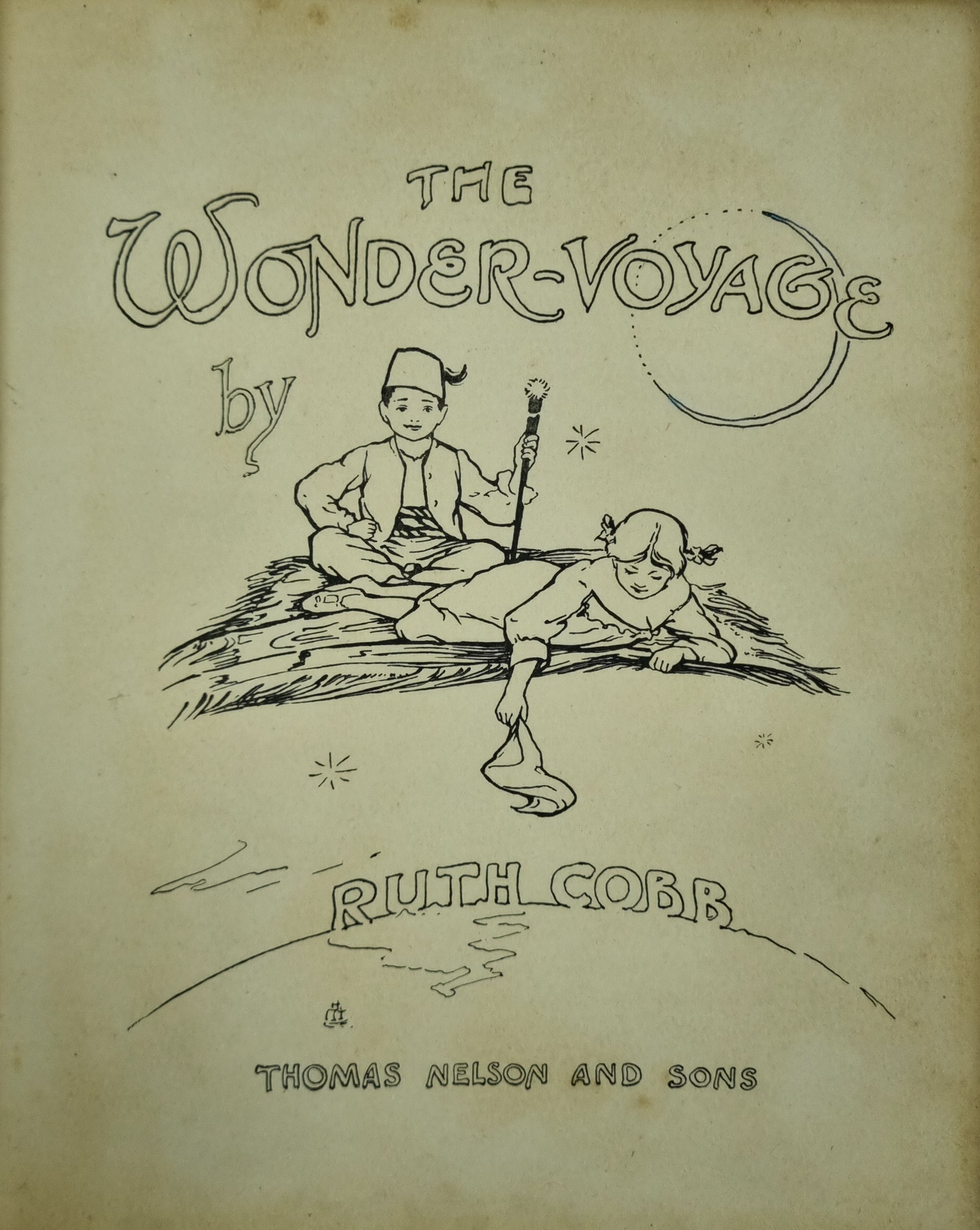
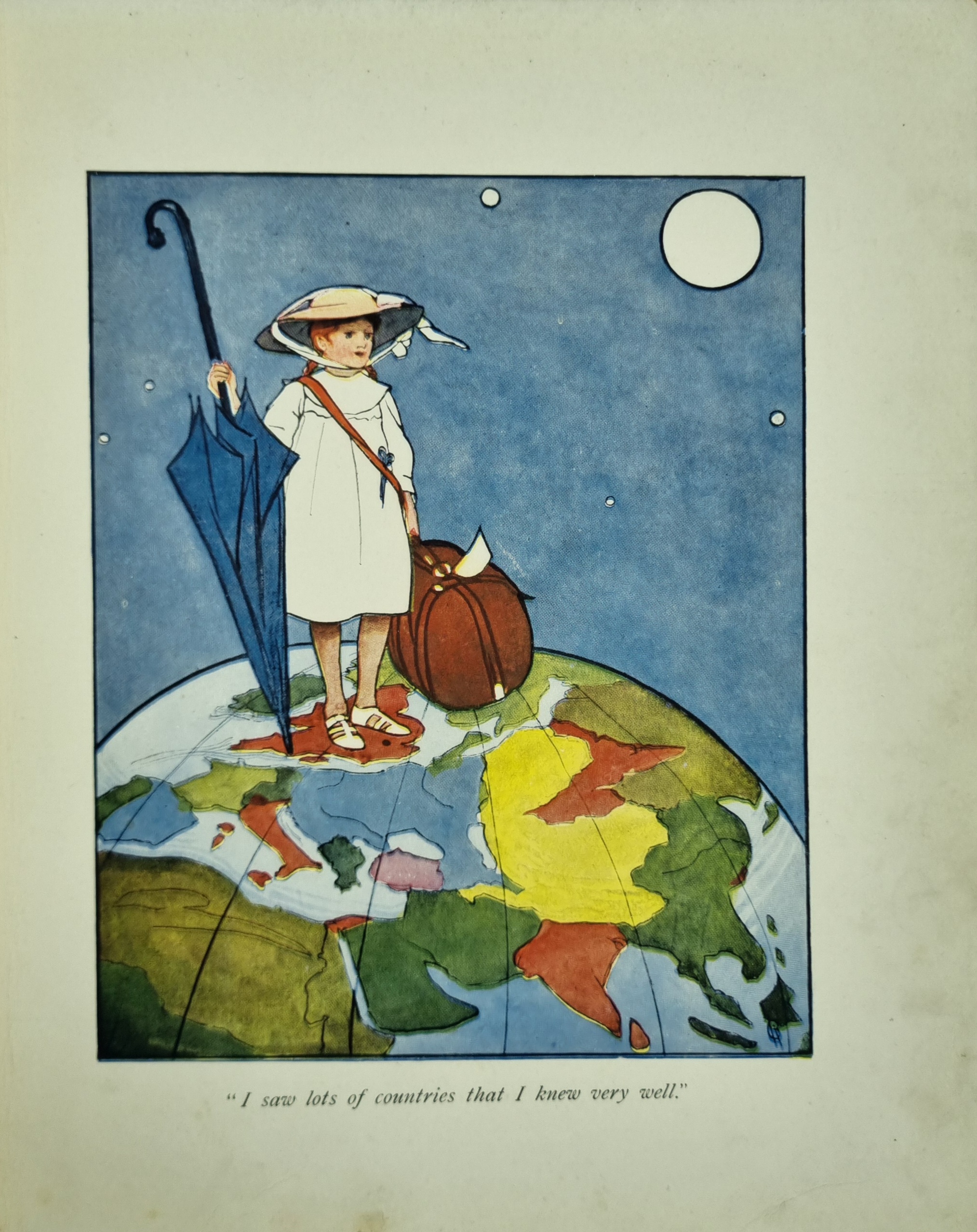
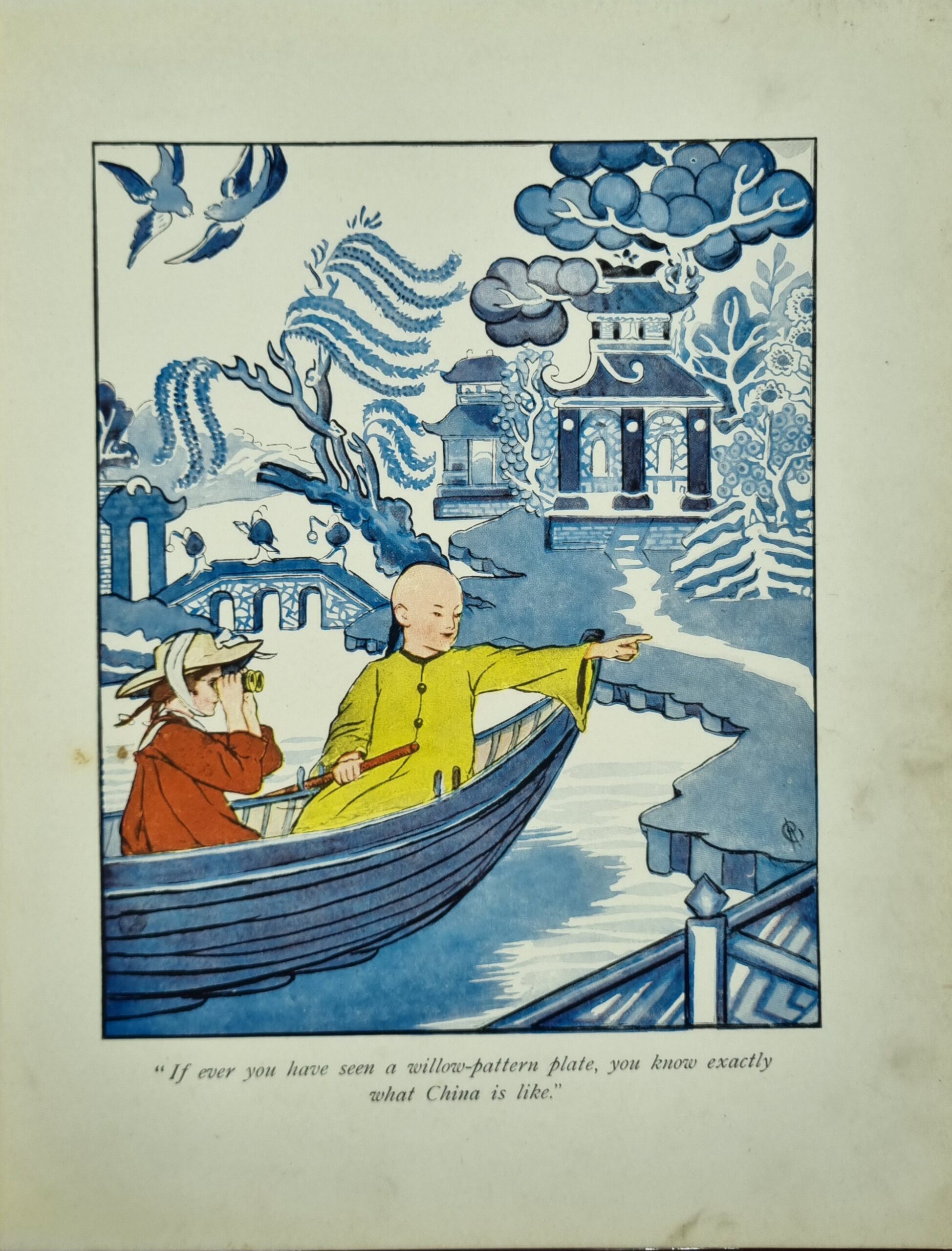

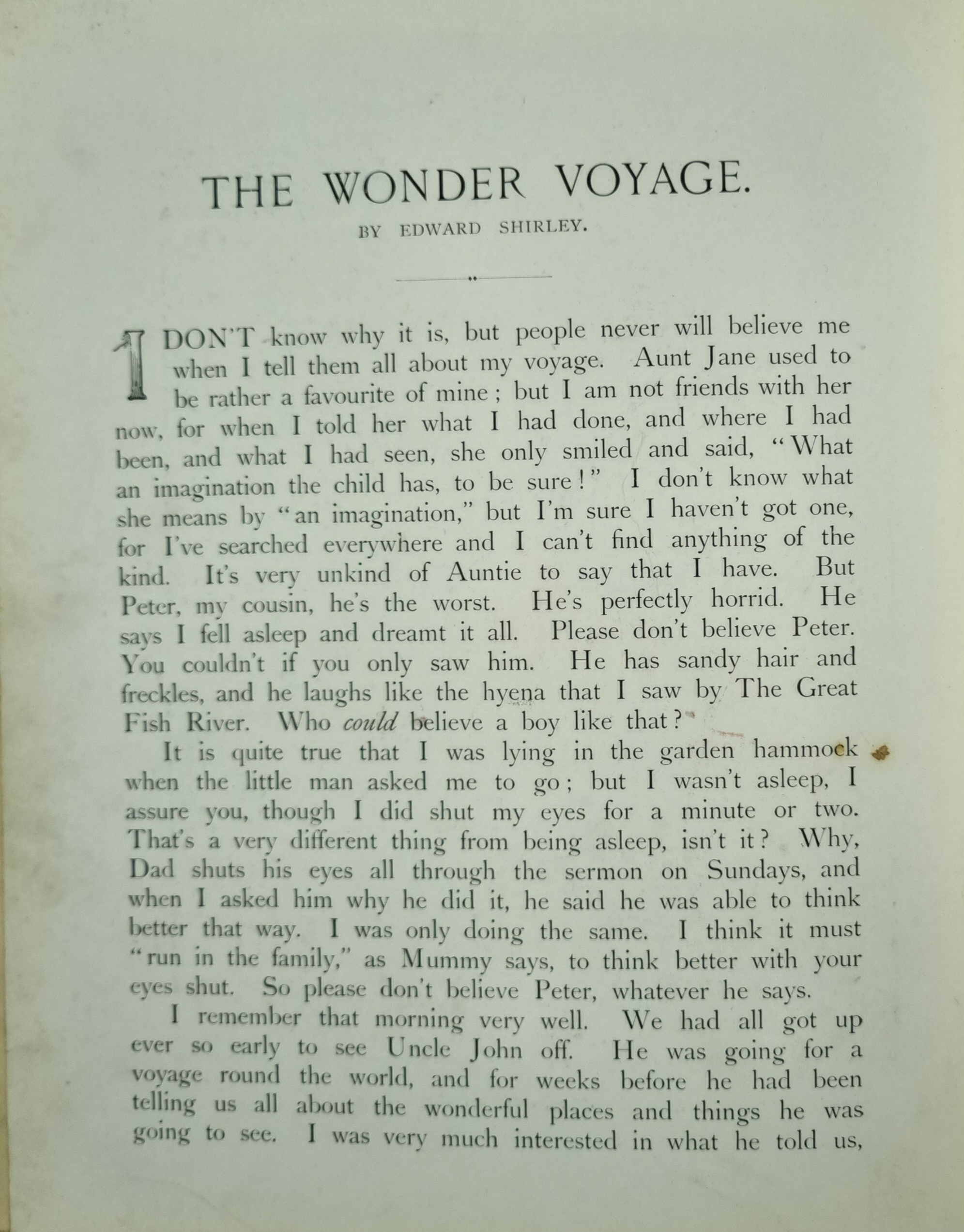
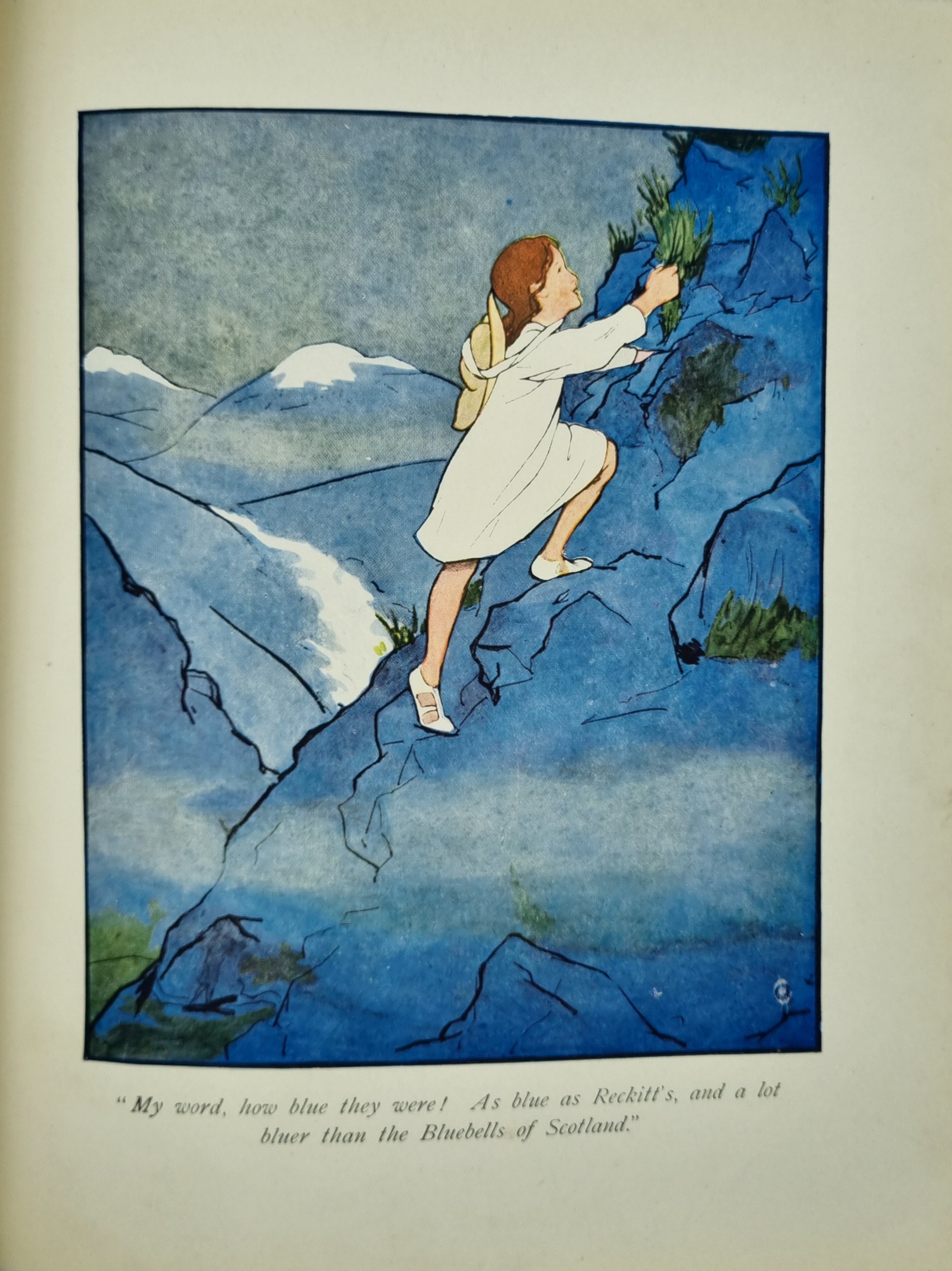

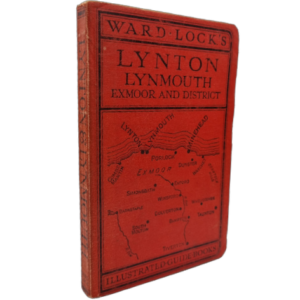

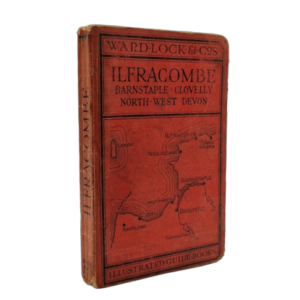
Reviews
There are no reviews yet.